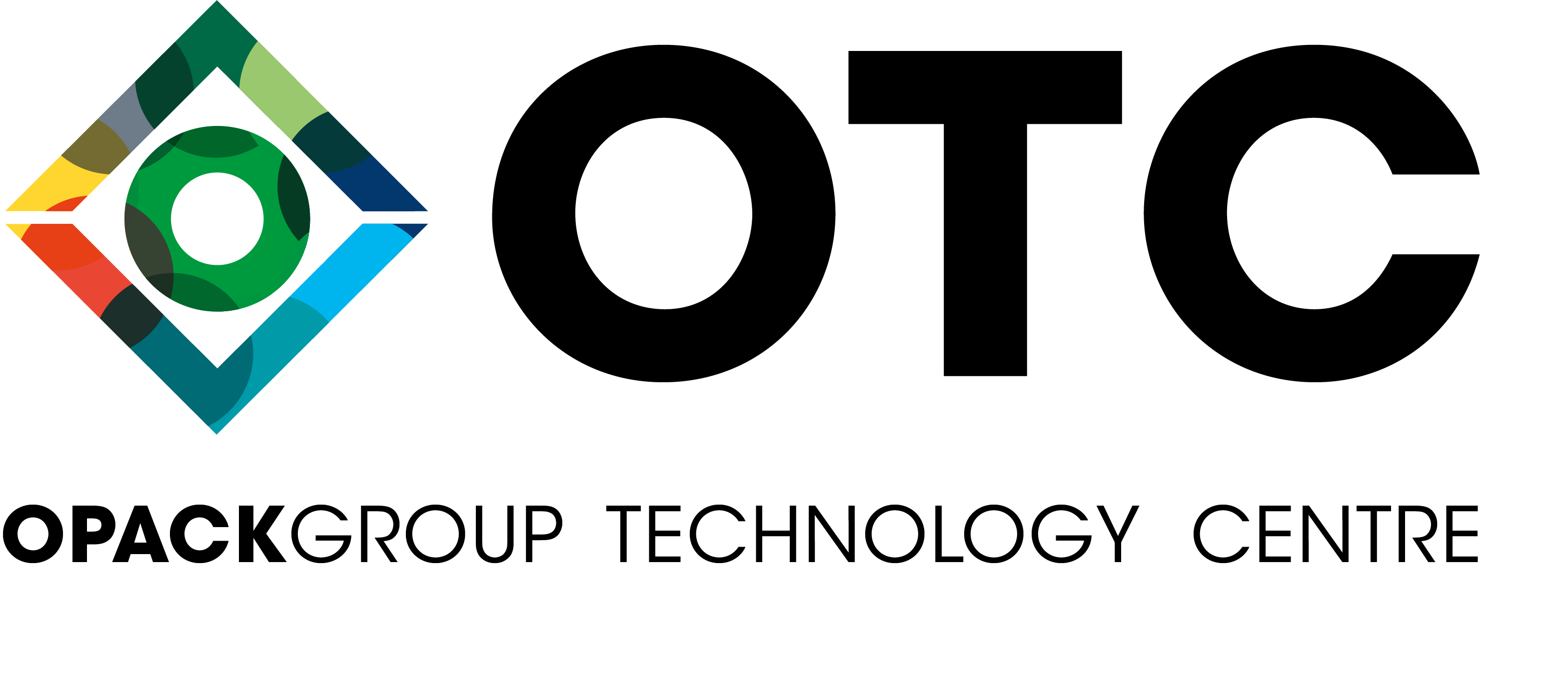PPWR
On 22 January 2025, the European Union published the final version of Regulation (EU) 2025/40 on packaging and packaging waste (PPWR). This new regulation, which entered into force on 11 February 2025, plays a central role in the European approach to a circular economy. PFAS (per- and polyfluoroalkyl substances) are defined in this regulation as chemical substances containing at least one fully fluorinated methyl group (–CF₃) or methylene group (–CF₂–). This means that only fluorine atoms are bonded to the carbon atom in question, without hydrogen (H), chlorine (Cl), bromine (Br) or iodine (I). This specific structure makes PFAS particularly persistent in the environment.
In order to better manage the risks of PFAS use, the European Chemicals Agency (ECHA) will shortly publish the consolidated opinion of both the Committee for Risk Assessment (RAC) and the Committee for Socio-economic Analysis (SEAC). These opinions form an important basis for further decision-making on possible restrictions on PFAS in the European Union.
Article 5 of this regulation focuses on the requirements for substances in packaging, with paragraph 5 specifically addressing the use of PFAS in packaging. The PPWR prohibits the use of PFAS in packaging that comes into contact with food, unless the concentrations remain below the specified limit values. Companies are required to demonstrate with technical documentation that their packaging complies with the requirements for both heavy metals and PFAS. The exact requirements for this documentation are set out in Annex VII to the Regulation.
The limit values for per- and polyfluoroalkyl substances (PFAS) in packaging that comes into contact with food, effective from 12 August 2026, are:
- 25 ppb for PFAS, as measured by targeted PFAS analysis (where PFAS in polymeric form is not included in the quantification)
- 250 ppb for the sum of PFAS, measured as the sum of targeted PFAS analyses, if applicable with prior degradation of precursors (where PFAS in polymeric form is not included in the quantification)
- 50 ppm for PFAS (including PFAS in polymeric form)
OPACKGROUP complies with the new requirements
At OPACKGROUP, external tests were carried out on films in which the maximum required amount of PFAS-containing processing aid was used. The content of organically bound fluorine (TOF) was measured. The measured values remain below the limit of 30 ppm – well below the permitted 50 ppm for PFAS in polymer form. This means that our packaging demonstrably meets the requirements of the PPWR! An official statement regarding these test results has been drawn up and can be made available to customers. Although OPACKGROUP currently complies with the regulations, further development towards PFAS-free alternatives remains an important priority. In particular, replacing PFAS-containing processing aids, which are essential in certain production processes, remains technically complex. The use of a processing aid is essential in the production of blown film. [1]
In addition, it is important to recognise that mechanical recyclate may still contain PFAS in the coming years, as these substances have historically been used in many applications.
Sustainable ambition
As a leader in sustainable packaging solutions, OPACKGROUP remains committed to innovation and environmentally friendly materials. Compliance with the PPWR regulation underlines our dedication to safe, future-proof packaging in line with European standards. For additional information or to request the PFAS declaration, please contact your account manager or send an email to info@oerlemansplastics.nl.
[1] This additive has three essential advantages. It prevents melt fracture, resulting in good optical properties (no orange peel effect). It reduces the head pressure in the extruder, making production easier and preventing/reducing build-up, which means that production can continue for longer without interruptions for cleaning the extrusion head.

